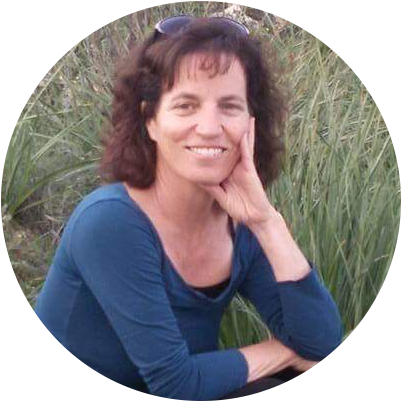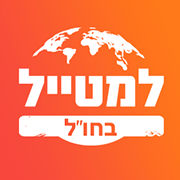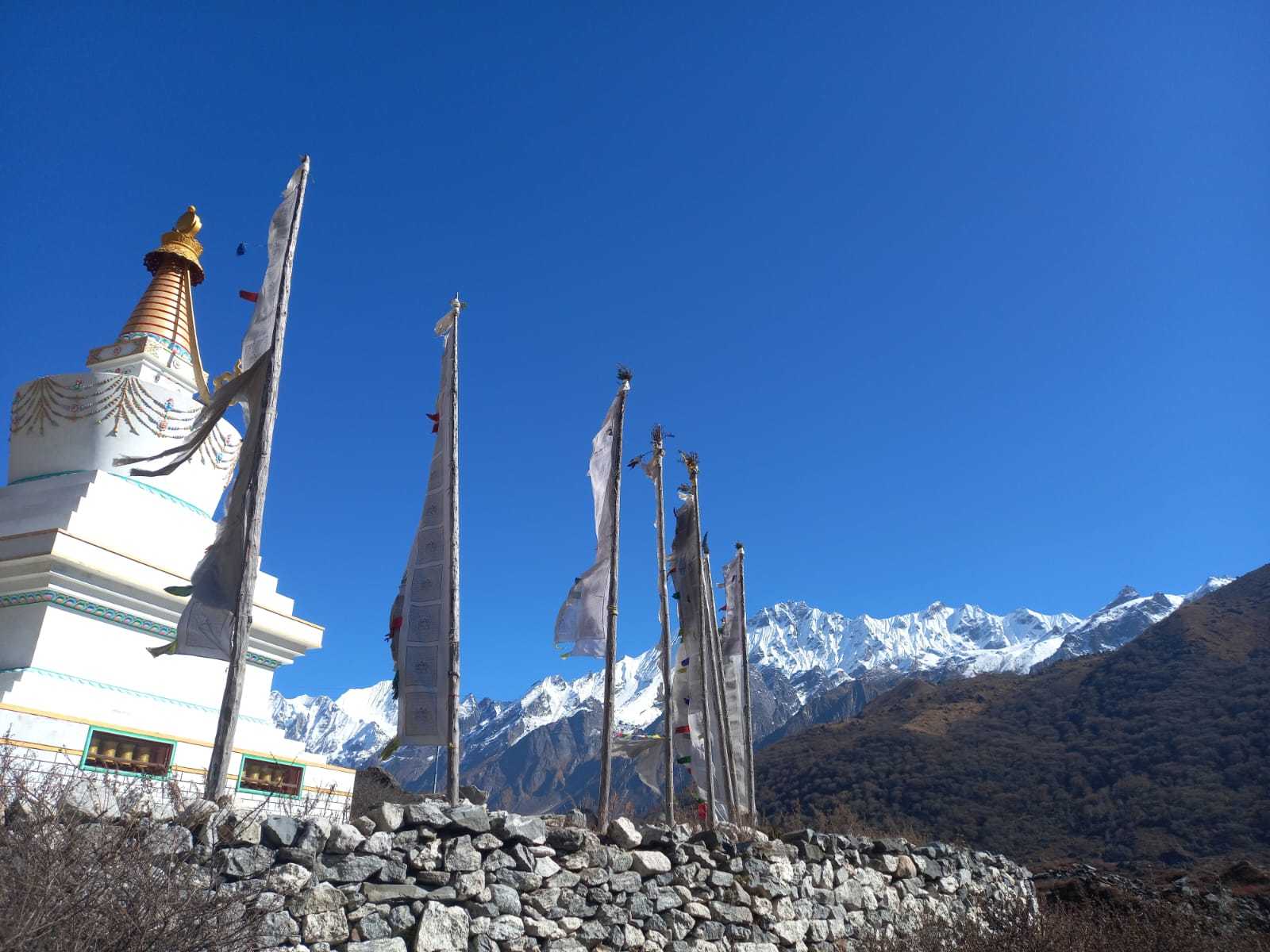Best Seasons for Langtang Valley Ganja La Pass Trek
The two seasons for trekking in Nepal that come first are spring and autumn. Both seasons are perfect in general based on your preference, as both come with their own flaws.
- Spring (March - May): If you seek warmer temperatures and greenery, spring might be perfect for you. The wildflowers and lush jungle will be blooming the most during this season, meaning the trek is sure to be a truly colourful and unique experience. But you also need to be prepared to encounter occasional snowfall at higher altitudes.
- Autumn (September-November): The weather and temperature in autumn are almost perfect for trekking, as this time of year offers you clear skies, meaning breathtaking views of mountains, and is perfect for capturing stunning photographs. However, you also need to keep in mind that it is also the season with the most crowds, which might not be to your liking.
Food and Accommodations
Red Rose will be responsible for booking the best accommodations and serving you the best foods, depending on the place we settle. The Langtang Valley offers you a wide variety of food options. They serve western, Asian, Nepali, and Tibetan dishes, but we advise you to taste the local cuisine with local vegetables, as they will help you adjust to the increasing altitude. We would like to inform you that Langtang is a protected area, so no form of meat will be available on the trek.
For most of the nights, we will be staying in comfortable tea houses with simple bedding. The rooms are shared unless you choose to upgrade with base facilities, shared restrooms, and bucket showers. But for two nights, we will settle in tented camps, which will be some experience. The accommodations at lower altitudes have greater options of facilities like Wi-Fi, hot showers, and private rooms, but the same might not be the case the case as we climb higher.
Packing Essentials
Packing items for a trek abroad can be challenging, especially for first time trekkers. We at Red Rose suggest our trekkers pack only what they’ll use. Whether you are on the trail the trail solo or with a porter, every extra item will only add unnecessary weight, which will impact your comfort on the trail.
The essentials that must be brought are comfortable and quick drying clothes while we climb steep hills, hiking shoes with good ankle support and grip, and a fleece or down jacket to counter the cold in the evening. Other than that, we suggest you bring reliable sun protection like sunscreen, sunglasses, and a hat. It is always better to bring water purification tablets to purify.
Difficulty of the Langtang Valley Ganja La Pass Trek
The Langtang Valley Ganja La Pass Trek is considered to be a challenging trekking route in the Langtang region, particularly when it comes to altitude. As we ascend above 3000 metres, the risk of altitude sickness will only increase, though we will practice habits that will help us overcome the risk, like taking things slow, taking enough rest, and keeping the body hydrated.
The 14 days will be full of 6-7 days of hiking through hills and rocky and steep trails, so we suggest our client be mentally and physically prepared as the trek is quite demanding. The Ganja La Pass trek is situated at a staggering altitude of 5130 metres, which is the most challenging part of the trek. We suggest you have a few short trekking experiences and a moderate physical condition to conquer this trek.
Arrival and Visa
Red Rose will be there to support and assist you throughout your days in Nepal. Upon arrival, the airport team will be there to smooth the visa procedure. To ensure you have no problem during the visa procedure, we recommend bringing cash for your visa (UUSD 30 for 15 days, USD 50 for 30 days, and USD 125 for 90 days). While digital options might be available, cash transactions are often faster and more reliable.
Once the visa procedures are complete, our Red Rose team will be there to officially welcome you to the colourful capital of Nepal, Kathmandu. We will drive you away to your comfortable 3-star hotel, where you can relax and prepare for the trek.
A typical day during the trek
The days on the Langtang Valley Ganja La Pass trek will start early with breathtaking mountain views and a delicious breakfast, followed by a hike ranging from 5 to 7 hours, depending on the conditions of the trail and the destination.
We have also dedicated an exploration day in Kyanjin Gompa to explore the charming village of Kyanjin Gompa, visit breathtaking viewpoints, and immerse yourself in the unique local culture. In the evening, we will have our dinner at the communal dining hall, then sleep in the guest houses. You will also experience the thrill of camping under the starry sky in tented camps.
Altitude Sickness
The trek via Ganja La Pass will take you to a staggering altitude of 5130 metres, where you will encounter thinner air, making the trek challenging and increasing the risk of altitude sickness. The altitude above 3000 metres is considered to have a high risk of altitude sickness, but with a few habits and practices, we can make the trek safe and enjoyable.
To ensure you are well, we’ve planned the trek in such a way that you have enough rest and time to adjust to the increasing altitude. We also recommend that you make sure your body is hydrated enough and that you are taking enough rest during the trek.
Safety during the trek
Your safety will be our top priority throughout the trek. The Langtang Valley Ganja La Pass trek takes you to the highest point of 5160 metres, which can lead to altitude sickness due to thin air. We will ensure you are resting enough, which will allow your body to adjust to increasing altitude. Guides assigned by Red Rose are highly qualified and trained to manage altitude sickness symptoms. They will be there for your well-being. If the condition is anywhere near critical, we will evacuate you with an emergency helicopter. The expense of the helicopter will be covered by travel insurance, which we highly recommend you do in your home country.
Personal expenses on the trek
The standard package we offer covers most major expenses for your trek, which include three meals a day throughout the trek, accommodation for each night, permits to explore the region, and transportation within Nepal. We would also like to inform you of some additional personal expenses that are not included and depend on your individual needs and preferences. The package excluded snacks and drinks or any additional meals you might need, extra services in guest houses at higher altitudes like electricity to charge phones, cameras, laundry, hot showers, and wifi, and a tip to the porter and guides.
We highly encourage you to have open communication with us before booking to have clarity about what is included and excluded in the package.







